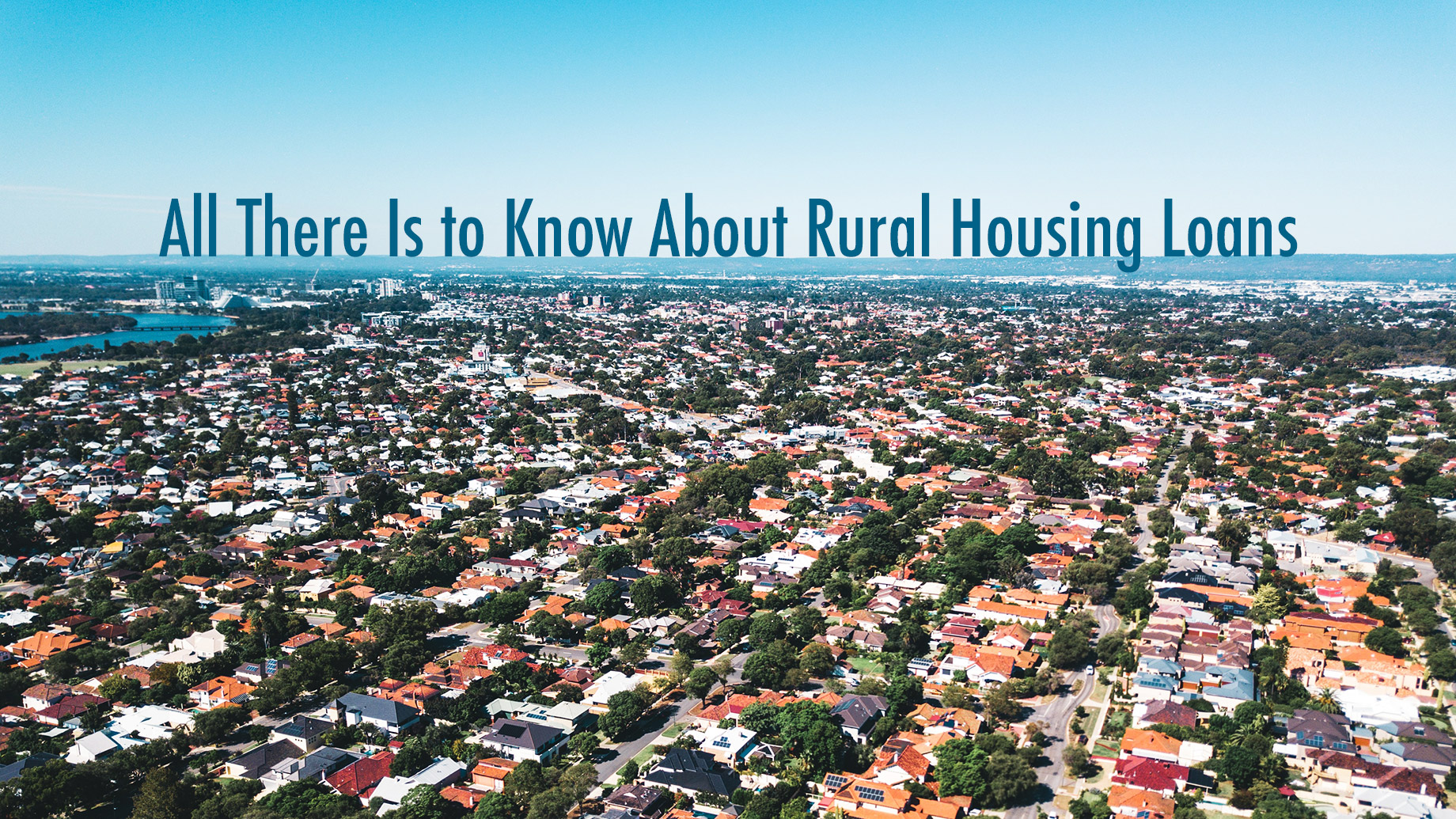
Looking for a way to own a home but can’t afford the down payment? There are several mortgage options to consider: the USDA rural housing loan, also known as a USDA loan; this is the short term for the U.S Department of Agriculture Rural Development Guaranteed Housing Loan program.
This program aims to foster development in rural areas. By empowering those in rural communities and enabling them to own homes, more robust communities can be built, which leads to growth and improves the quality of life of the people in that region.
USDA Rural Housing Loan: Definition and Concept
USDA Rural housing loans are programs backed and offered by the government to help make it easy for low- and medium-income earners to own a home. They require no down payment, and since the government backs it, the interest rates are usually much lower than those of other regular loans. Although people who qualify for this type of loan need not to make a down payment, they must pay some closing costs though.
How is Rural Housing Loans Different from Other Types of Loans
Conventional loans (a name for other types of loans) are those loans not backed by the government. To pay back the loan, homeowners are required to make monthly payments along with interest rates. USDA Loans, on the other hand, is quite different from conventional loans in several ways.
Here are all you need to know about USDA Rural Housing Loans and how they differ from other conventional loans:
1. No Down Payment Required
One of the major factors that deter people from seeking loans is the inability to raise enough funds to make a down payment and closing costs. Although there are many conventional mortgages with less than 20% down payment, this is still not enough as the payments required to be made are usually higher. This is owing to the inclusion of private mortgage insurance.
It’s possible to get a mortgage without needing to make as much of a down payment. The loans are of two categories; one is the VA loans; this applies to veterans or a veteran’s family member, the other is the USDA loans. However, note that you will still need to pay for closing costs.
2. Low Rate Loan Insurance
While there is a need to pay for mortgage insurance in rural housing loans, this cannot be compared to what you have to pay: private mortgage insurance in conventional loans. USDA rural housing loans are much cheaper and are usually 1% of the loan amount, this 1% payment is used to support the program.
3. Appraisals
Both USDA loans and conventional loans require appraisals by an independent third party before being granted; this, however, is meant for various reasons. For conventional loans, an assessment is done to ensure the approved loan to be given is equivalent to the home’s value. This measure is essential as it enables lenders to recoup their losses from the property if there is a default in repayment.
Applicants can hire a home inspector of their choice to carry out a detailed analysis of the house; they check if the house is in good condition and if there are any issues with the electrical, plumbing, and HVAC systems. They check other aspects too to discover if there are any potential issues.
On the other hand, in rural home loans, an appraisal is done to determine if the approved loan commensurate with the house’s value. Also, an assessment is done to ensure the house is in good working condition and meets with all the requirements and standards of the USDA. Hence, the appraiser will need to carry out a detailed inspection, checking the heating, plumbing, roof, and other parts of the house to ensure they are in good working condition and are up to standard. The home to be acquired should not have structural defects such as broken windows, damaged doors, leaking roofs, and so on.
Conclusion
It’s clear now that USDA rural home loans make it possible for Americans to achieve their dream of becoming homeowners. Not just that, it is affordable and open to everyone who meets with the requirements; it’s not as stringent as other conventional loans. Simply put, a rural mortgage loan is a dream come true for every low- and medium-income earner hoping to have a home.
If you know you are eligible, then go ahead and apply; your journey to peace, stability, and joy starts now, its starts with USDA approved lenders.